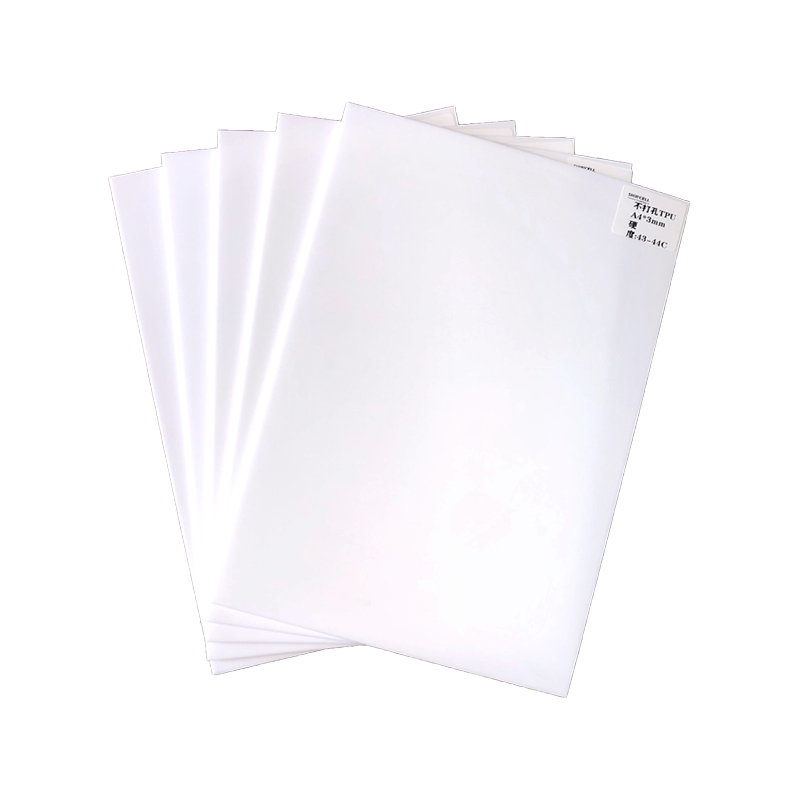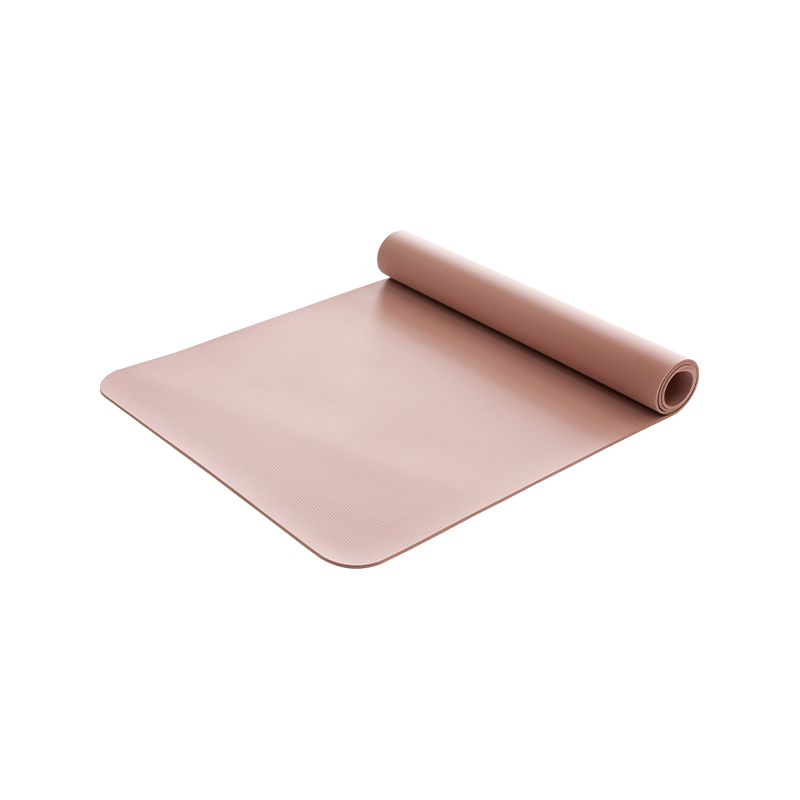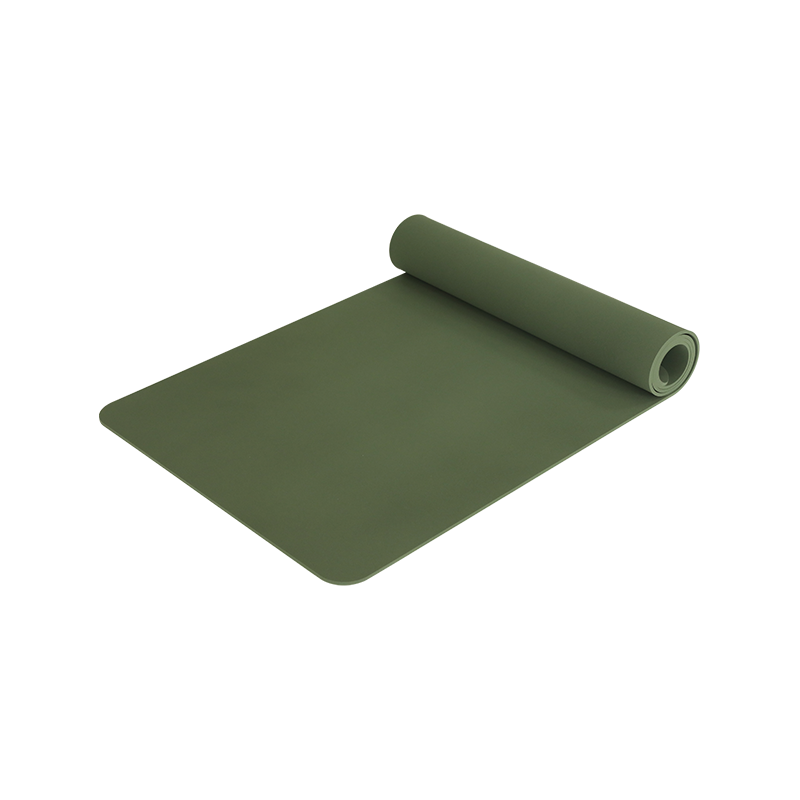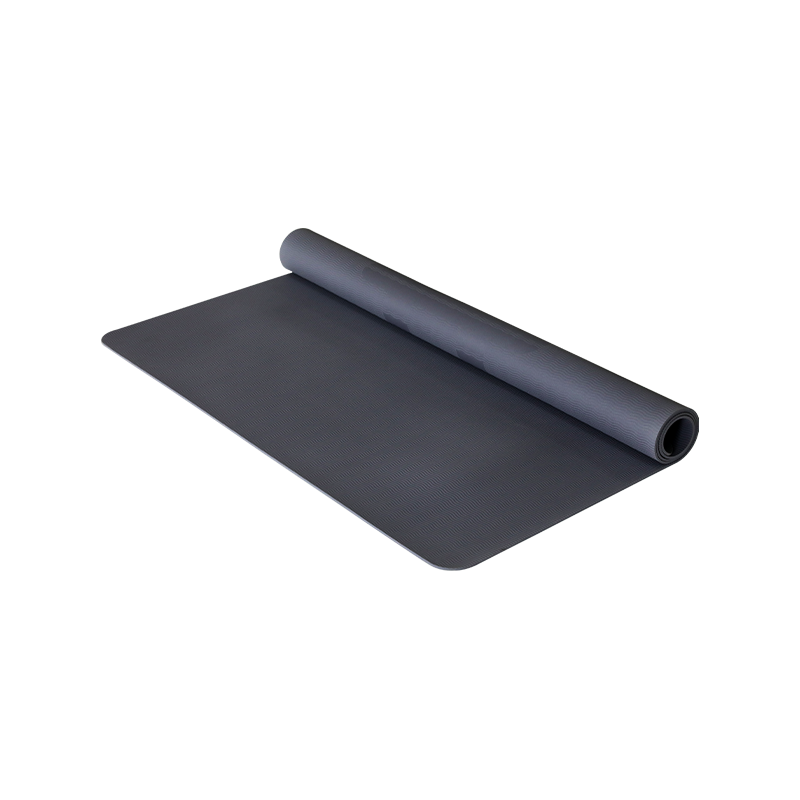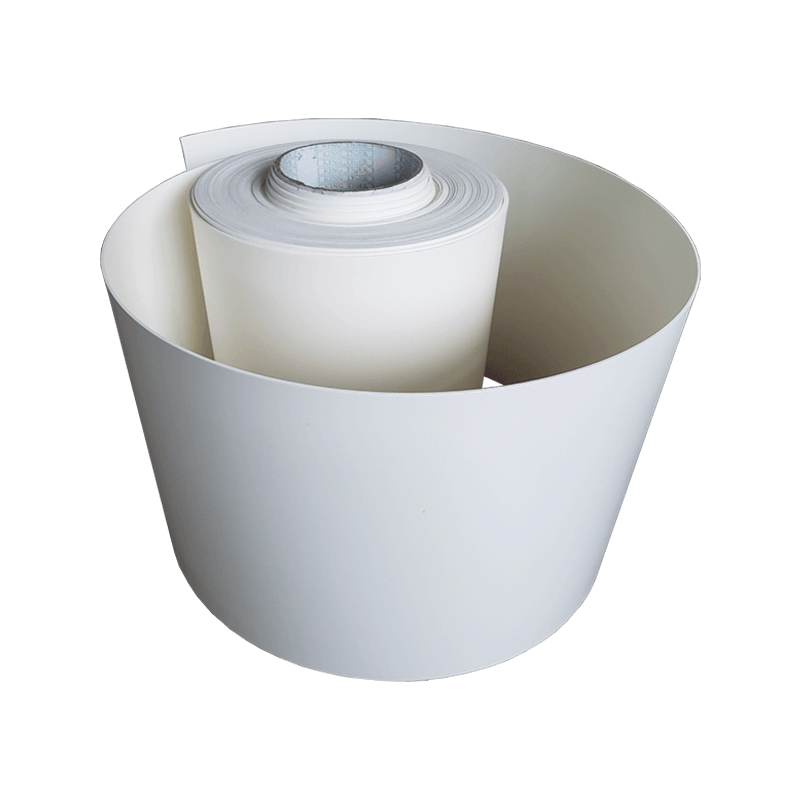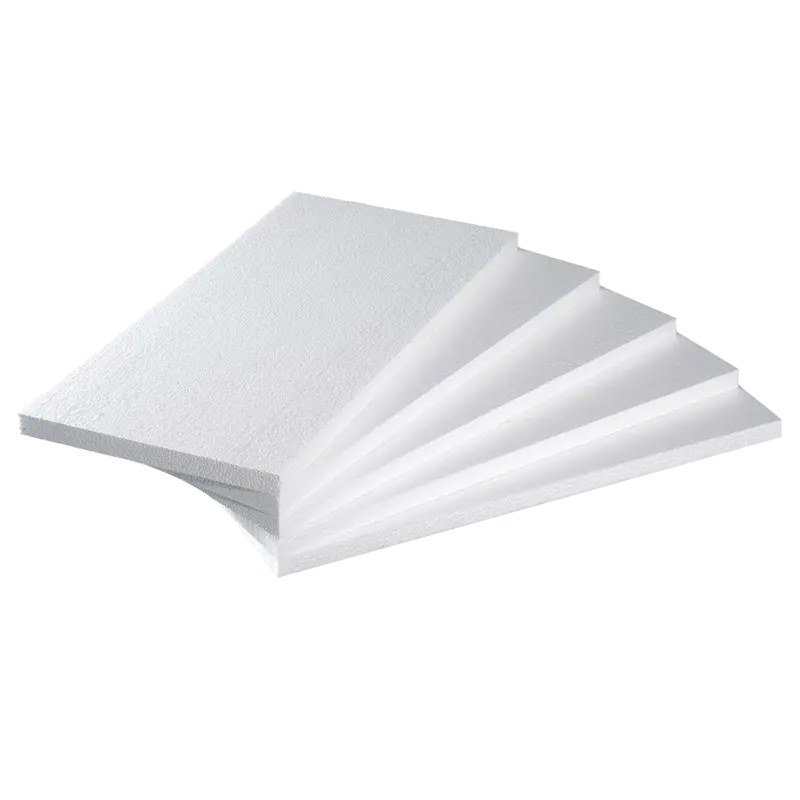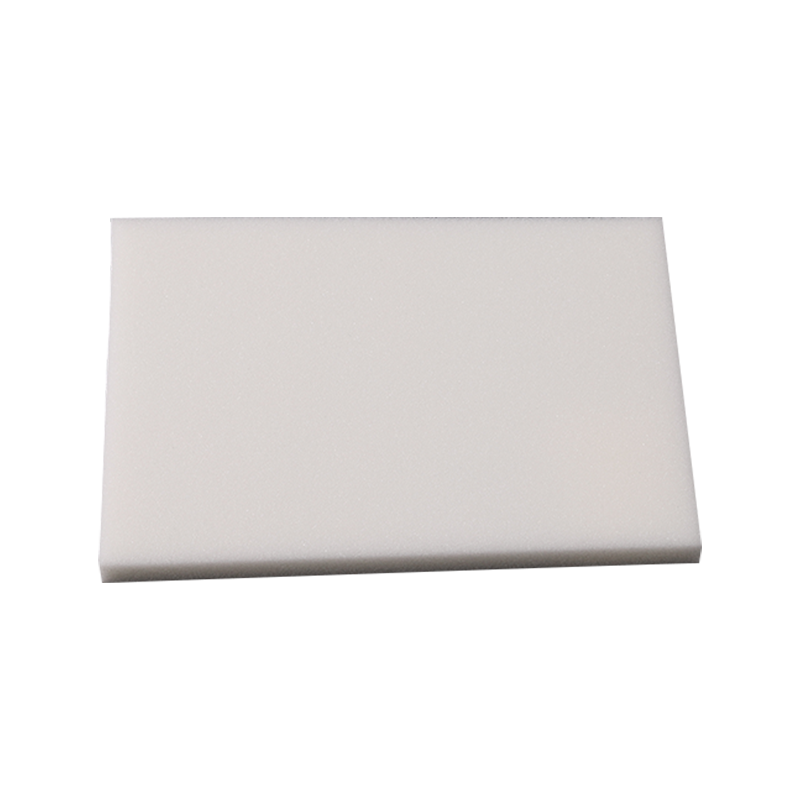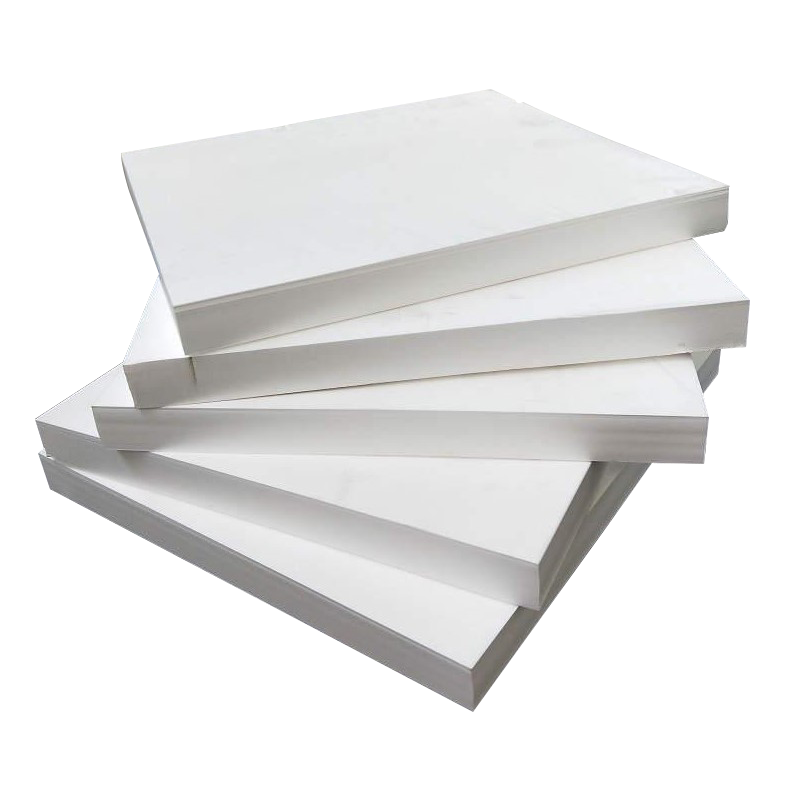Home / News / How does MTPU foam sheet break through the dynamic fatigue limit?
The dynamic fatigue failure of sports shoe midsole materials is essentially the molecular chain breakage and energy dissipation caused by stress concentration. Traditional EVA foam materials have uneven stress distribution due to the open-cell structure, which is easy to form crack extension channels during long-term bending, and the energy feedback efficiency decays exponentially with the number of uses. Even if some materials improve fatigue resistance by adding cross-linking agents, they still face the contradiction between cross-linking density and elastic recovery ability-excessive cross-linking will cause the material to harden and reduce wearing comfort.
The technical breakthrough of MTPU foam sheet lies in breaking the structure-performance paradox of traditional materials. Its closed-cell structure constructs a microscopic stress dispersion network by controlling the pore morphology and distribution density, and cooperates with the molecular chain engineering of the TPU matrix to achieve a dynamic balance between durability and elasticity.
Analysis of the stress dispersion mechanism of closed-cell structure
The closed-cell structure of MTPU foam sheet presents a three-dimensional honeycomb topological structure, and the pore diameter is strictly controlled in the range of 50-200μm. This micron-sized pore disperses the local concentrated stress to the adjacent pore wall through the "stress siphon effect". Laboratory simulation shows that when the material is subjected to a dynamic load of 10MPa, the closed-cell structure can improve the uniformity of stress distribution by 3 orders of magnitude.
Through the precise control of the supercritical fluid foaming process, a pore spacing gradient of 0.5-1.5mm is formed inside the material. This non-uniform distribution design enables the material to form a dynamic stress transfer chain between the pores when it is subjected to bending stress, avoiding the rupture of a single pore due to excessive load.
The thickness and elastic modulus of the closed-cell pore wall are optimized through molecular simulation, so that it presents an "elastic-plastic" two-phase response when subjected to stress. When the stress is lower than the yield strength of the pore wall, the material absorbs energy through elastic deformation; after exceeding the yield strength, the pore wall undergoes plastic deformation without rupture, forming a reversible deformation memory.
Molecular chain strengthening strategy for TPU matrix
By adjusting the ratio of hard segments (polyester/polyether) to soft segments (aliphatic diisocyanate) in the TPU molecular chain, nano-scale hard segment crystal domains are formed in the matrix. These crystalline domains are embedded in the soft segment matrix like molecular "rebars", which increases the tear strength of the material by 2 times while maintaining an elastic recovery rate of more than 70%.
The hydrogen bond crosslinking points introduced into the soft segment molecular chain form a dynamic crosslinking network. When the material is subjected to dynamic loads, the reversible break and recombination of hydrogen bonds consumes energy, avoiding the breakage of molecular chains caused by stress concentration. This crosslinking mechanism enables the material to maintain stable mechanical properties in the temperature range of -20℃ to 60℃.
The hindered amine light stabilizer and phosphite antioxidant work together to form a dynamic protective film on the surface of the molecular chain. This film layer can capture free radicals and decompose peroxides, so that the material still maintains more than 85% of its original performance after 1000 hours of UV accelerated aging test.
The synergistic effect of the closed-cell structure and the TPU matrix produces a closed-loop mechanism of "stress dispersion-energy dissipation-molecular chain protection":
Stress dispersion: The closed-cell structure converts concentrated stress into microscopic deformation of the pore wall, avoiding direct stress on the TPU matrix.
Energy dissipation: The elastic deformation of the cell wall and the fracture and reorganization of the hydrogen bond cross-linking network jointly consume energy and reduce the instantaneous stress on the molecular chain.
Molecular chain protection: The anti-aging additive system inhibits free radical attack and delays the breakage of the molecular chain with the physical support of the hard segment crystal domain.
This synergistic effect increases the dynamic fatigue threshold of the MTPU foam sheet by 40% compared with the traditional EVA material. In the 200,000 bending test, the material maintains an energy feedback efficiency of more than 70% without permanent deformation.
Application verification in the field of footwear
The energy feedback efficiency of the running shoe midsole made of MTPU foam sheet by an international sports brand has only decayed by 8% after 3,000 kilometers of actual testing, while the traditional EVA midsole decayed by 35% during the same period. The midsole material maintains stable performance in the temperature range of -10℃ to 40℃, solving the industry pain points of hardening of materials in winter and easy collapse in summer.
In view of the high impact characteristics of basketball, by adjusting the closed-cell structure parameters (cell diameter 80-120μm, cell spacing 0.8-1.2mm), the material's energy absorption efficiency in vertical impact tests is increased by 30%. When athletes wear this shoe for sudden stops, jumps, and other actions, the uniformity of foot pressure distribution is increased by 25%, reducing the risk of sports injuries.
In outdoor scenes, the closed-cell structure of MTPU foam sheets provides additional friction. Experiments show that on slippery rock surfaces, the friction coefficient of the sole of this material is 18% higher than that of traditional rubber soles, while maintaining performance stability after 300,000 bends.
Technological evolution and future directions
3D printing technology is used to construct a gradient cell structure to achieve functional customization of different parts. For example, a high-density closed-cell structure is used in the heel area to improve energy feedback, and a low-density open-cell structure is used in the forefoot area to enhance flexibility.
Develop an intelligent TPU matrix so that its molecular chain undergoes reversible changes in response to external stimuli (such as temperature and humidity). This material can automatically adjust its hardness according to the state of motion, further improving the wearing experience.
Bio-based TPU raw materials and recyclable closed-cell structures are used to make the material completely degradable or recyclable at the end of its life cycle, which is in line with the trend of green manufacturing.
The technological breakthrough of MTPU foaming sheets is reshaping the performance evaluation system of sports shoes. The traditional test standard dominated by static compression permanent deformation rate can no longer fully reflect the durability of materials. The industry has begun to introduce "dynamic fatigue life index" (DFI) as a core indicator. This index comprehensively considers the energy feedback efficiency, deformation recovery rate and molecular chain breakage rate of the material under millions of cycle loads, providing a quantitative standard for the research and development of high-performance shoe materials.


 English
English
 Español
Español

 ++86-0512-66079229
++86-0512-66079229
